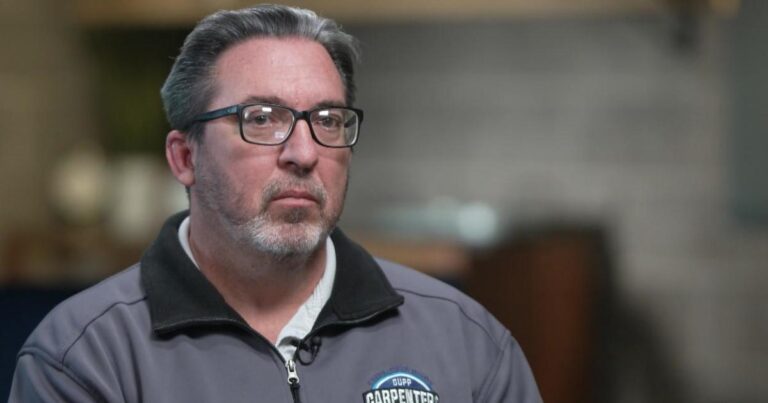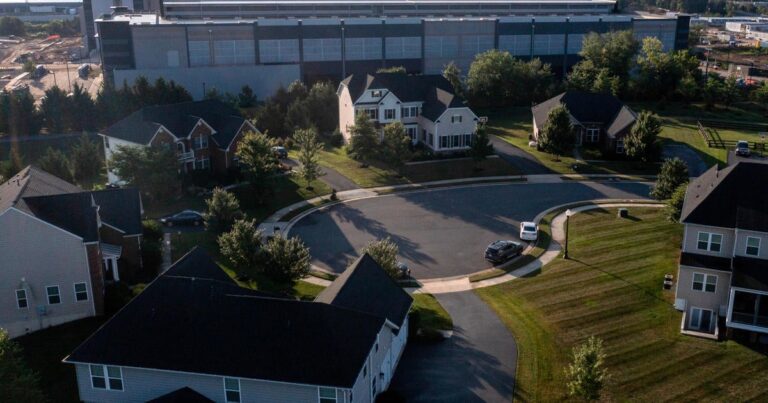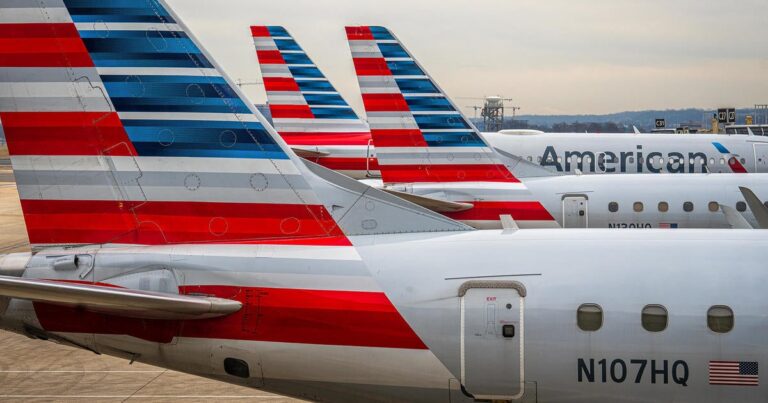
General Motors says it will move away from the robo-taxi business and stop funding its money-losing Cruise autonomous vehicle division.
According to a press release Released Tuesday and a subsequent conference call attended by GM Chairman and CEO Mary Barra, the Detroit automaker will instead focus on developing partially automated driver assistance systems like its Super Cruise, which lets drivers let go the steering wheel.
GM said it would exit robo-taxis “given the significant time and resources that would be required to grow the business, as well as an increasingly competitive robo-taxis market.”
KPIX
The company said it would combine Cruise’s technical team with its own to work on advanced driver assistance systems.
“The Cruise board and Cruise management team are working closely with GM on next steps,” Cruise CEO Marc Whitten told CBS News.
General manager acquired the start-up Cruise Automation, then based in San Francisco, in 2016 for at least $1 billion with high hopes of developing a profitable fleet of robo-taxis. At the time, Cruise Automation, alongside Google, was among the few companies with California state permits to test cars.
Over the years, GM invested billions in the subsidiary and eventually bought back 90% of the company from investors.
GM even announced plans to generate $1 billion in annual revenue by 2025, but it cut spending after purchasing one of its self-driving Chevrolet Bolts. dragged a pedestrian on a San Francisco street who was hit by another vehicle in 2023.
The California Public Utilities Commission claimed the company concealed details of the accident and suspended Cruise’s driverless testing permit.. Shortly after, Cruise has taken all of its driverless cars off the road nationwide.
The incident has sparked widespread criticism of the company and its autonomous vehicles. Cruise had previously been criticized for a number of collisions that led the company to has eliminated its operating robotaxi fleet during the summer of 2023.
The problems triggered a purge of its leadership — in addition to the layoffs which laid off around a quarter of its workforce.
In January this year, the company offered to pay $75,000 to settle the investigation by California state regulators in Cruise’s failure to disclose details regarding the collision.
Despite his problems, Cruise was still trying to return to viability. In June, General Motors named Marc Whitten, one of the lead engineers behind the Xbox video game console, as new general manager of the division. In August, Cruise announced its robotaxis would join Uber’s ride-hailing service in 2025 as part of a multi-year partnership bringing together two companies that once seemed ready to compete for passengers.
However, Cruise’s more recent developments have been costly for GM. In September, National Highway Traffic Safety Administration officials announced that the division pay a penalty of $1.5 million under a consent order. Last month, Cruise agreed to an additional fine of $500,000 after admitting to filing a false report following the pedestrian accident in San Francisco.
According to a statement from the U.S. Attorney’s Office for the Northern District of California, the San Francisco-based company entered into a deferred prosecution agreement in which Cruise acknowledges and accepts liability.
“Companies with self-driving cars that seek to share our roads and crosswalks must be completely truthful in their reporting to their regulators,” Martha Boersch, chief of the U.S. Attorney’s Criminal Division office, said in a statement.






